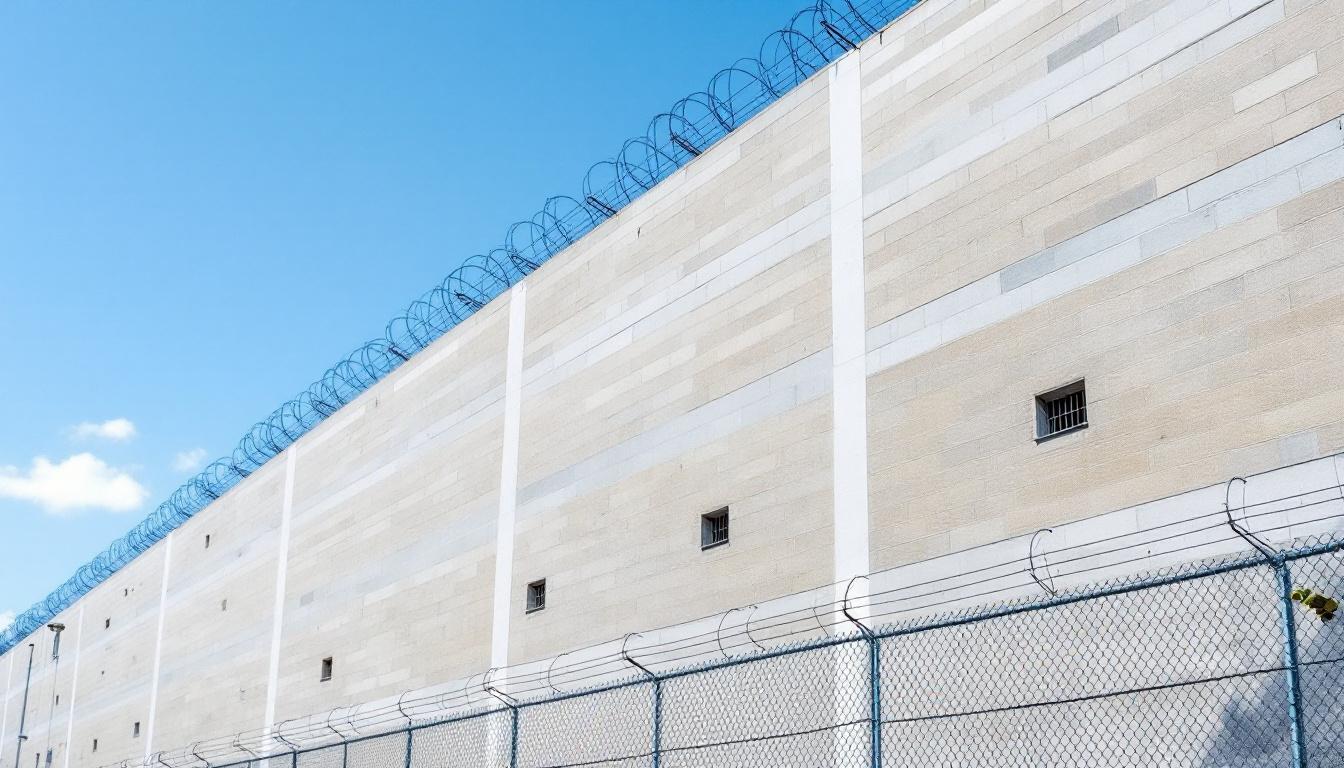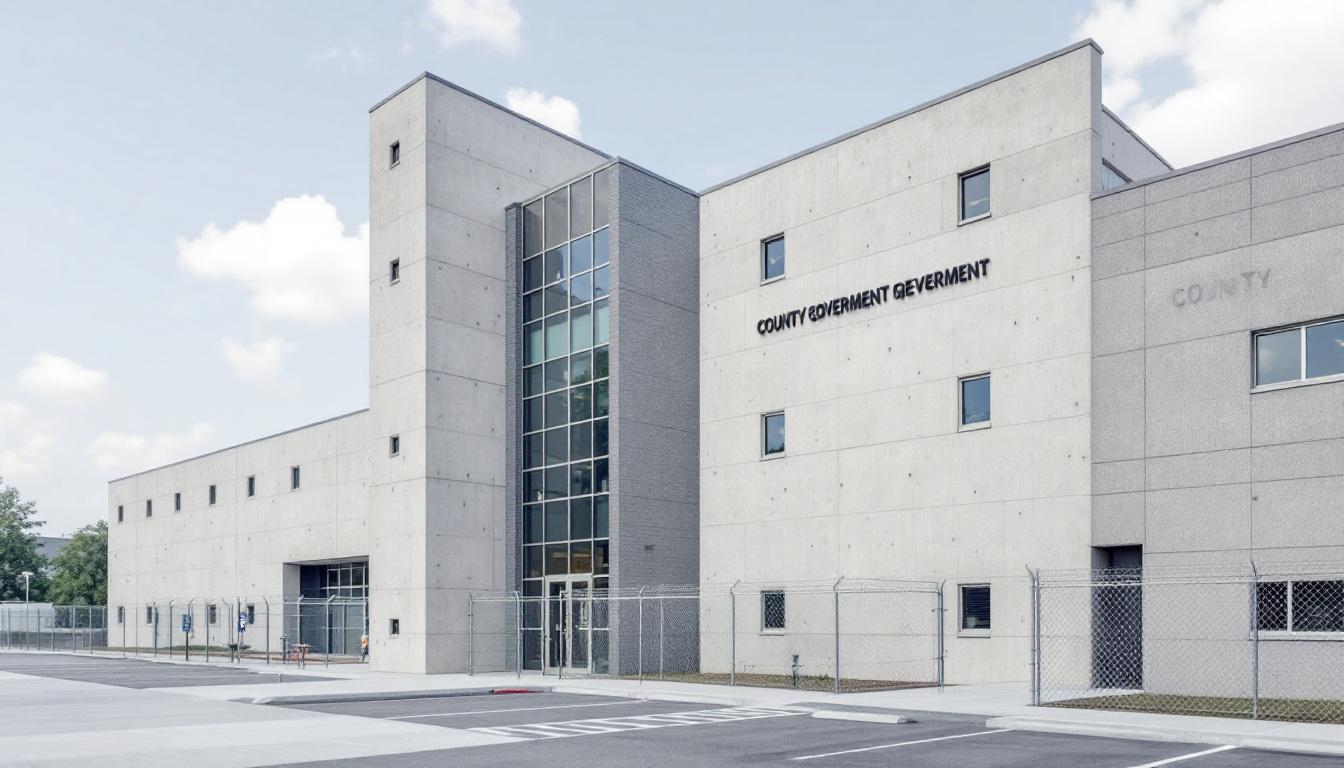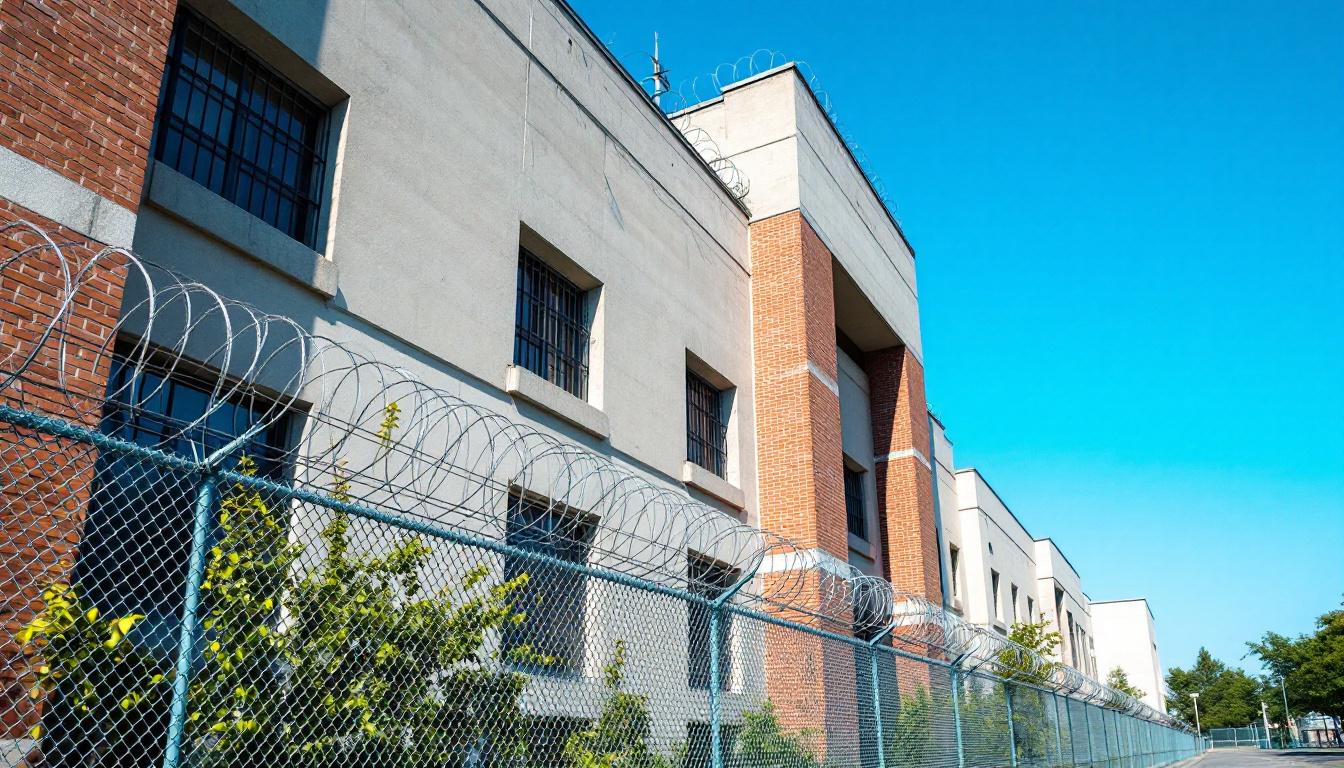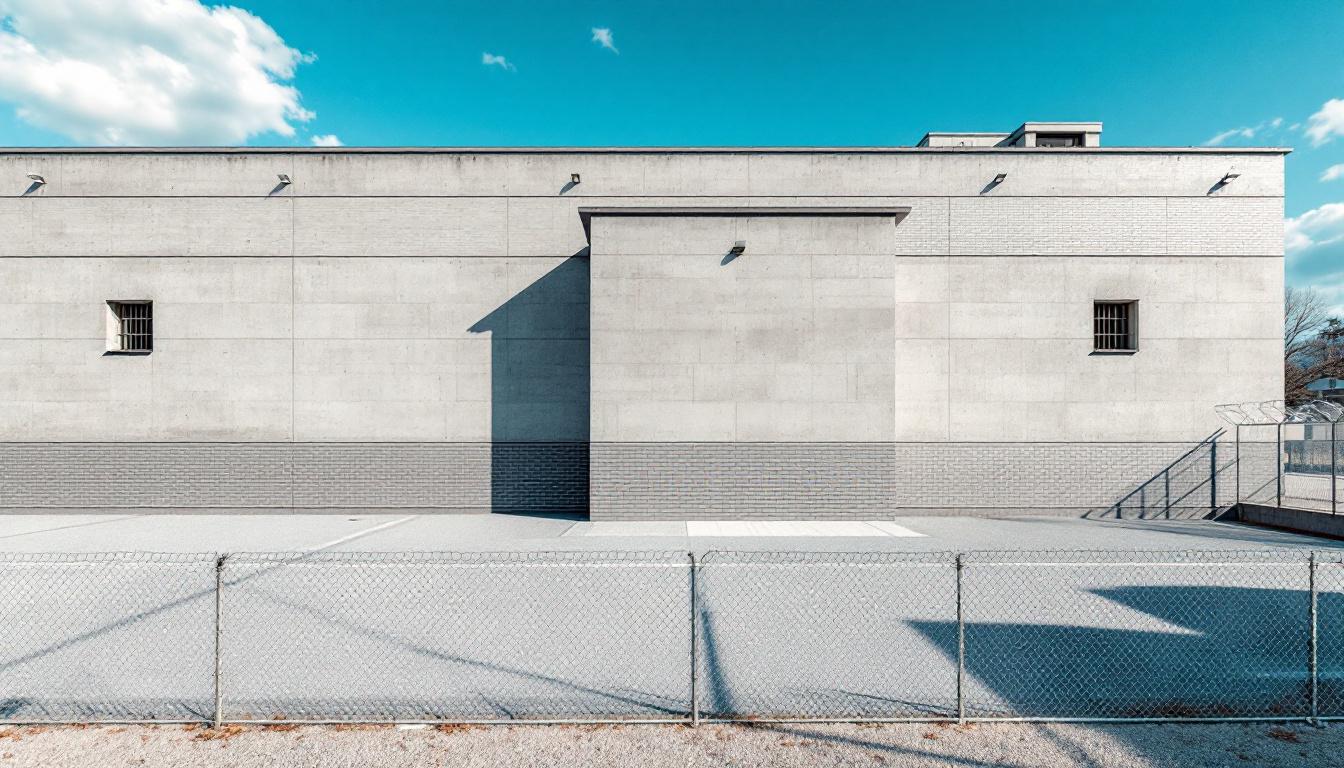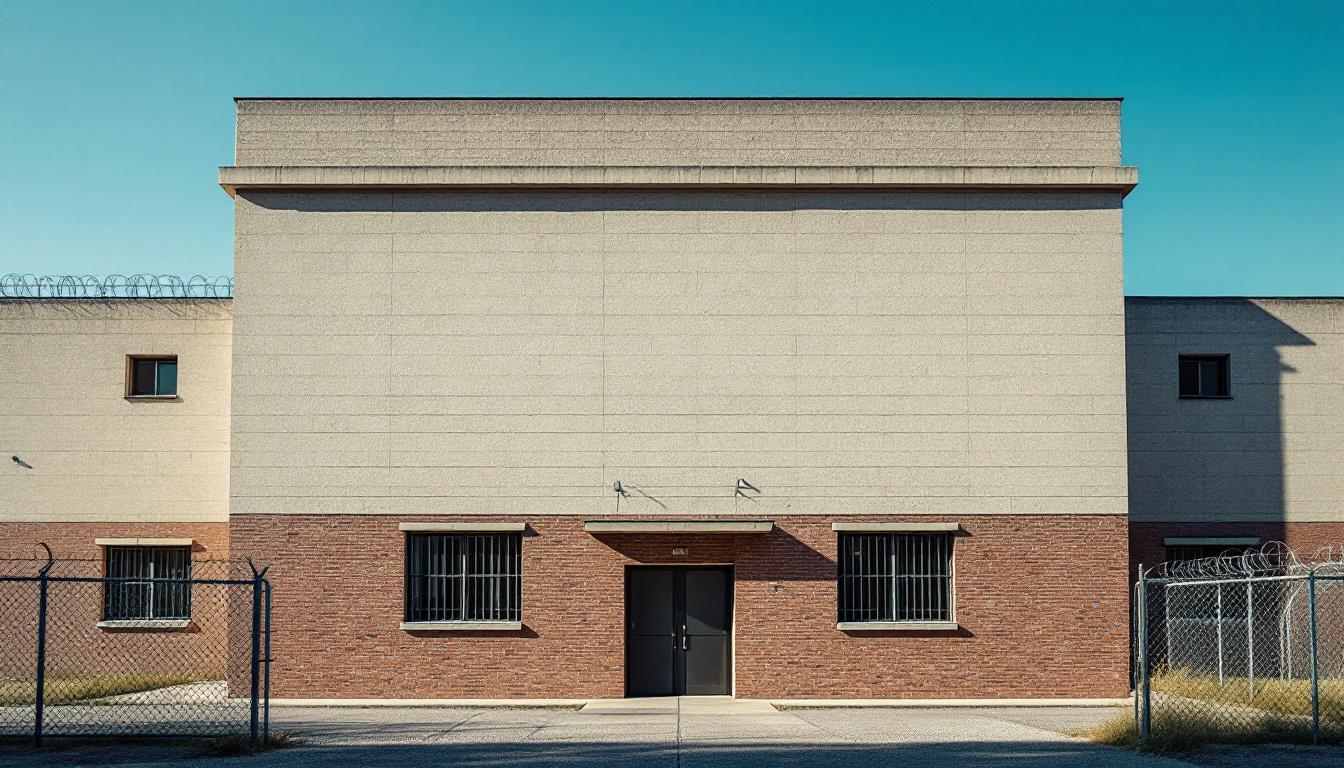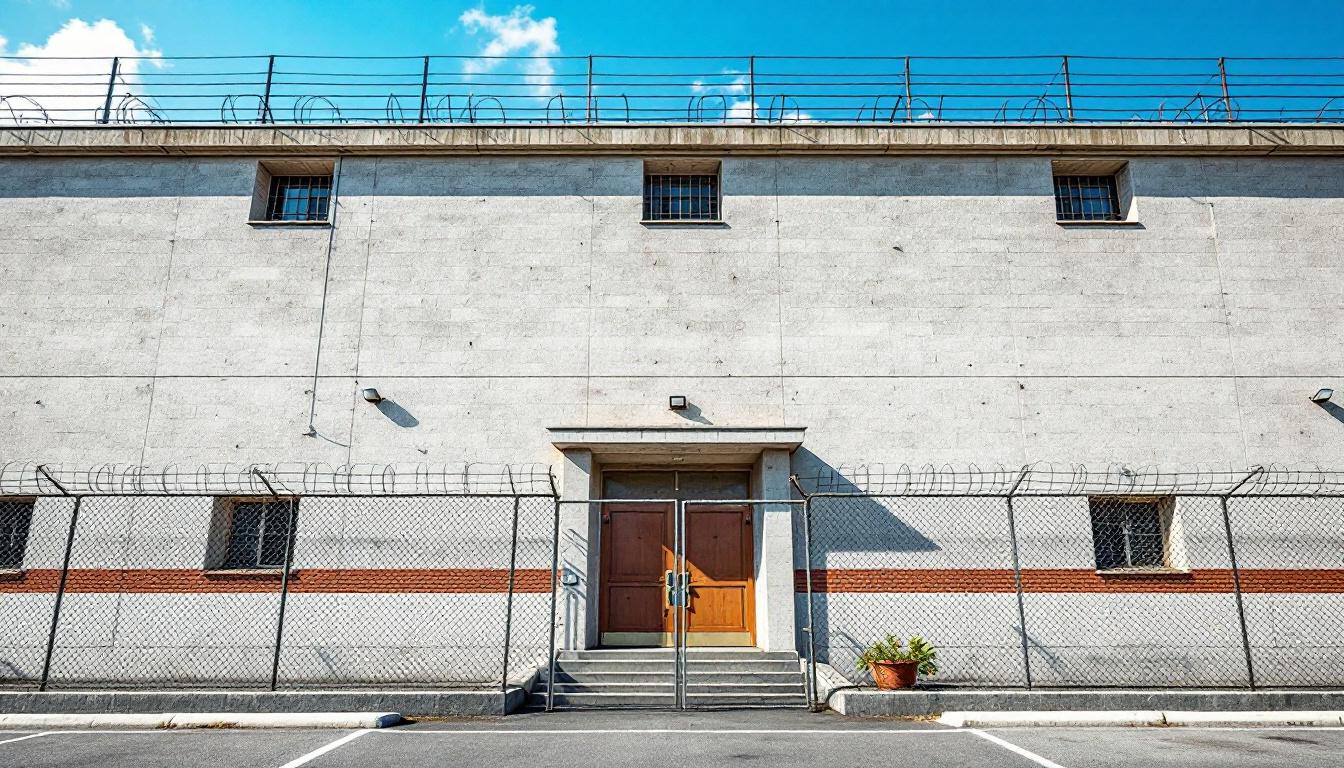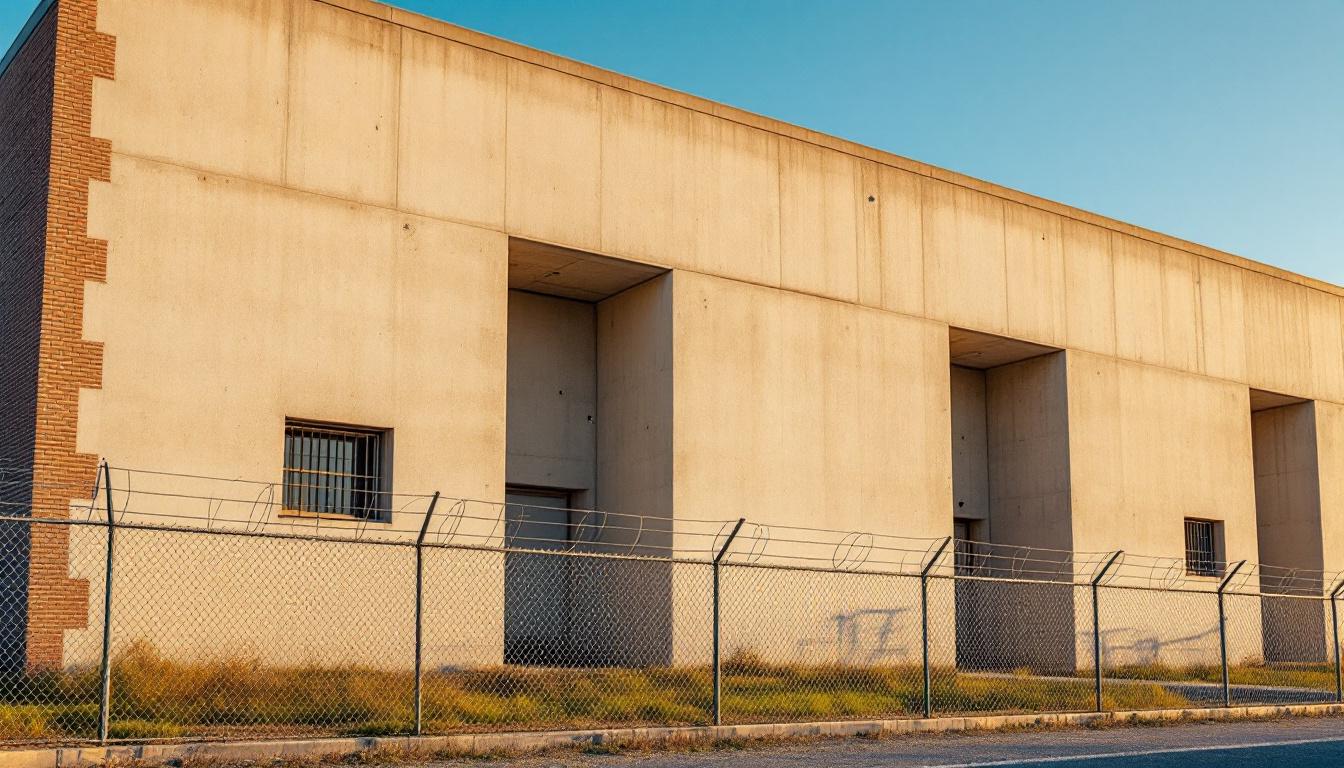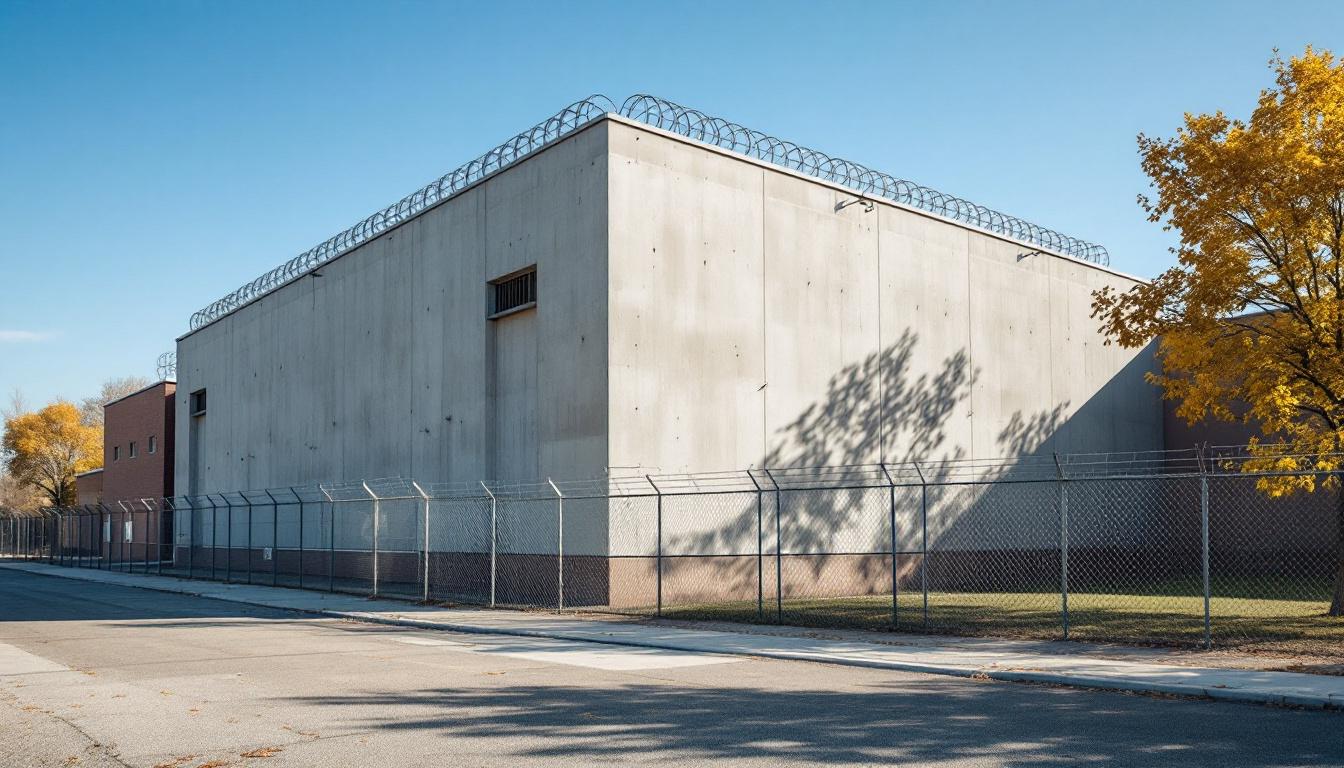
Quick Navigation
How to contact an inmate at Beto for Texas HQ
This comprehensive guide will walk you through how to connect with an inmate at Beto for Texas HQ. Follow the steps below to find an inmate and send letters and photos:
- Search for the inmate using our search tool below
- Create your account or log in to Penmate
- Write your message (up to 6,000 characters)
- Send instantly - inmates receive printed copies daily
Find an Inmate
Search for an inmate to start communicating today
Tip: You can search by first name, last name, or inmate ID number
To contact a person at Beto for Texas HQ start by searching for the person on the official facility website. Perform a search by following these steps:
- Step 1: Enter their first name and last name into the search form and click "Search"
- Step 2: Locate their inmate record
- Step 3: Write down their Inmate ID and any housing information provided
Important! Be sure to enter the person's full name. Nicknames should not be used.
How to Send Messages to Inmates

You can use your phone or computer to send emails, letters, and photos to an inmate. Messages are sent electronically to inmate tablets or kiosks at the facility. If you would like to send a message, start by searching for an inmate at Beto for Texas HQ.
Sending Photos and Postcards

A great way to send love and support to a loved one at Beto for Texas HQ is to send photos and postcards. It only takes a few minutes to send photos from your phone and it makes a huge difference. You can also mail postcards with words of support and inspiration, or design your own postcard for special moments like birthdays and holidays.
Important! Be sure not to send any explicit photos or they may not be approved by the facility. You can also use a photo printing app like Penmate to make sure your photos are printed at the correct size (4x6 or 3x5) and are mailed according to the rules and regulations of Beto for Texas HQ.
Frequently asked questions about Beto for Texas HQ
-
How long does it take to deliver a message?
If you're sending an email message your letter is usually delivered within 24-48 hours. For messages sent via mail you should expect delivery within 3-7 days. All messages will need be approved by Beto for Texas HQ.
-
How much does it cost to send a message to Beto for Texas HQ?
You can send a message free using your phone or mail a message via USPS for the price of a $0.60 stamp and envelope. You can also purchase credits or e-stamps from services starting at $1.99.
-
What services can I use to contact an inmate at Beto for Texas HQ?
Penmate
You can use Penmate to send letters and photos to an inmate from your phone. It's an easy way to stay in touch during your loved one's incarceration. Use the inmate locator to find an inmate's location and contact information, then you can send messages within a few minutes.
Securus messaging
Securus may be another option for communicating with an inmate at Beto for Texas HQ. You can create a friends and family account and purchase credits to send messages. All messages will be reviewed and must be approved by the facility.
JPay
Some county jails and state prisons may support sending messages with JPay. You must register an account with the system, find your loved one, and purchase stamps to send messages. For some locations you can also attach photos.
Smart Jail Mail
You may also check if Smart Jail Mail is available at Beto for Texas HQ. Smart Jail Mail is operated by Smart Communications and has contracted with some state and county jails. After purchasing credits, your messages and photos are sent to the facility, printed out, and then handed out to your loved one.
-
What is the mailing address of Beto for Texas HQ?
Mailing address:
Beto for Texas HQ
2808 Caroline St
Houston, TX 77004
Business hours:
- Monday: 10:00 AM – 6:00 PM
- Tuesday: 10:00 AM – 6:00 PM
- Wednesday: 10:00 AM – 6:00 PM
- Thursday: 10:00 AM – 6:00 PM
- Friday: 10:00 AM – 6:00 PM
- Saturday: 12:00 – 6:00 PM
- Sunday: 10:00 AM – 6:00 PM
-
What are the visiting hours at Beto for Texas HQ?
Visiting hours at Beto for Texas HQ vary by housing unit and security level. Generally, visits are scheduled on weekends and holidays, with some facilities offering weekday visits. Contact the facility directly for the current visiting schedule. Visits typically last 30-60 minutes and must be scheduled in advance.
-
What items are prohibited when sending mail to Beto for Texas HQ?
Prohibited items typically include: cash, personal checks, stamps, stickers, glitter, glue, tape, staples, paperclips, polaroid photos, musical or blank greeting cards, hardcover books, magazines with staples, and any items containing metal or electronics. Only send letters on plain white paper with blue or black ink. Photos must be printed on regular photo paper (no Polaroids). Always check with Beto for Texas HQ for their specific mail policies.
-
How do I send money to an inmate at Beto for Texas HQ?
You can send money to an inmate at Beto for Texas HQ through several methods: 1) Online using JPay, Access Corrections, or the facility's approved vendor, 2) Money orders mailed directly to the facility with the inmate's name and ID number, 3) Kiosks located in the facility lobby, or 4) Over the phone using a credit or debit card. Fees vary by method, typically ranging from $2.95 to $11.95 per transaction.
-
Can I schedule a video visit with an inmate at Beto for Texas HQ?
Many facilities now offer video visitation as an alternative to in-person visits. At Beto for Texas HQ, video visits may be available through services like Penmate, Securus Video Connect, GTL, or ICSolutions. Video visits typically cost $10-20 for 20-30 minutes and must be scheduled in advance. You'll need a computer or smartphone with a camera and reliable internet connection. Contact the facility for their specific video visitation policies and approved vendors.
-
What identification do I need to visit an inmate at Beto for Texas HQ?
All visitors must present valid government-issued photo identification such as a driver's license, state ID, passport, or military ID. Minors must be accompanied by a parent or legal guardian who can provide the minor's birth certificate. Some facilities require visitors to be on the inmate's approved visitation list, which may require a background check. Contact Beto for Texas HQ for specific ID requirements and visitor approval procedures.
-
How can I find out an inmate's release date?
To find an inmate's release date at Beto for Texas HQ, you can: 1) Use the online inmate search tool if available, 2) Call the facility's records department, 3) Contact the inmate's case manager or counselor, or 4) Have the inmate provide this information during a call or visit. For privacy reasons, some facilities only release this information to immediate family members.
Facility Overview
Contact Information
Beto for Texas HQ2808 Caroline St
Houston, TX 77004
Official Website

About Beto for Texas HQ
Within the sprawling urban landscape of Dallas, Texas, the Beto unit operates as a significant component of the state's comprehensive correctional infrastructure, serving residents through structured programming designed to align with broader rehabilitative objectives. This TX correctional facility functions within the established framework of state correctional policies, typically emphasizing skill development and behavioral modification programs that may contribute to successful community reintegration upon release.
The facility's operational structure generally reflects the systematic approach characteristic of Texas correctional institutions, where residents services often encompass educational opportunities, vocational training programs, and various forms of therapeutic intervention. Programming at this correctional facility may include literacy advancement, substance abuse counseling, and work assignments that provide practical experience while maintaining facility operations. These initiatives typically operate under the guidance of trained staff who work to implement evidence-based practices consistent with state correctional standards.
Located within the Dallas metropolitan area, the institution serves as part of the broader network of facilities that collectively address the state's correctional needs while maintaining focus on public safety and offender accountability. The facility's integration with state correctional goals often involves coordination with community organizations and educational institutions, though specific partnerships may vary based on available resources and evolving programmatic needs. This systematic approach to rehabilitation generally emphasizes preparing residents for eventual return to their communities through structured programming and graduated responsibility assignments.
Programs & Services
Rehabilitation-focused initiatives at the Beto Unit emphasize skill development and personal growth through comprehensive programming designed to prepare residents for successful reintegration. The facility's approach typically centers on providing practical training opportunities that address both immediate needs and long-term career prospects. These initiatives often include structured pathways that allow residents to progress through various levels of programming while building essential life skills.
Educational and vocational initiatives form the cornerstone of resident development at the facility. Vocational training programs may deliver hands-on instruction in trades that offer viable employment opportunities upon release, while job readiness training helps residents develop workplace communication skills, interview techniques, and professional behaviors. Moreover, electrical work training provides residents with specialized technical skills that are often in high demand in the job market, giving participants a competitive advantage when seeking employment.
Support services and therapeutic initiatives complement the educational offerings through work programs that allow residents to gain practical experience while contributing to facility operations. Faith-based initiatives typically provide spiritual guidance and community support, helping residents develop coping strategies and moral frameworks for decision-making. These comprehensive support systems often include counseling services and peer mentorship opportunities that address the underlying factors contributing to criminal behavior while fostering personal accountability and positive behavioral changes.
Daily Life & Visitation

The steady rhythm of count times and meal periods currently anchors each day, providing residents with predictable markers that help establish a sense of normalcy within the correctional environment. This structured approach continues to serve as the foundation for daily activities, with scheduled programming and work assignments creating purposeful routines. Residents typically begin their day with morning count, followed by breakfast service and the start of various institutional activities that may include educational classes, vocational training, or facility maintenance duties.
Housing units generally accommodate multiple residents in dormitory-style or cell configurations, depending on security classification and available space. Residents usually have access to basic personal property allowances and may purchase additional items through the commissary system when funds are available. Moreover, dining arrangements typically involve scheduled meal times in common areas, where residents gather for breakfast, lunch, and dinner service that often delivers both nutrition and social interaction opportunities.
Recreation and exercise programs may offer structured physical activities, while educational and vocational programming continues to provide skill-building opportunities throughout the week. Whereas daily routines remain consistent, residents can typically maintain family connections through scheduled visitation periods and approved communication methods such as phone calls and correspondence. Work assignments within the facility often include kitchen duties, maintenance tasks, and administrative support roles that help residents develop job skills while contributing to facility operations.
Ready to Connect?
Start communicating with your loved one today
Search for an Inmate
